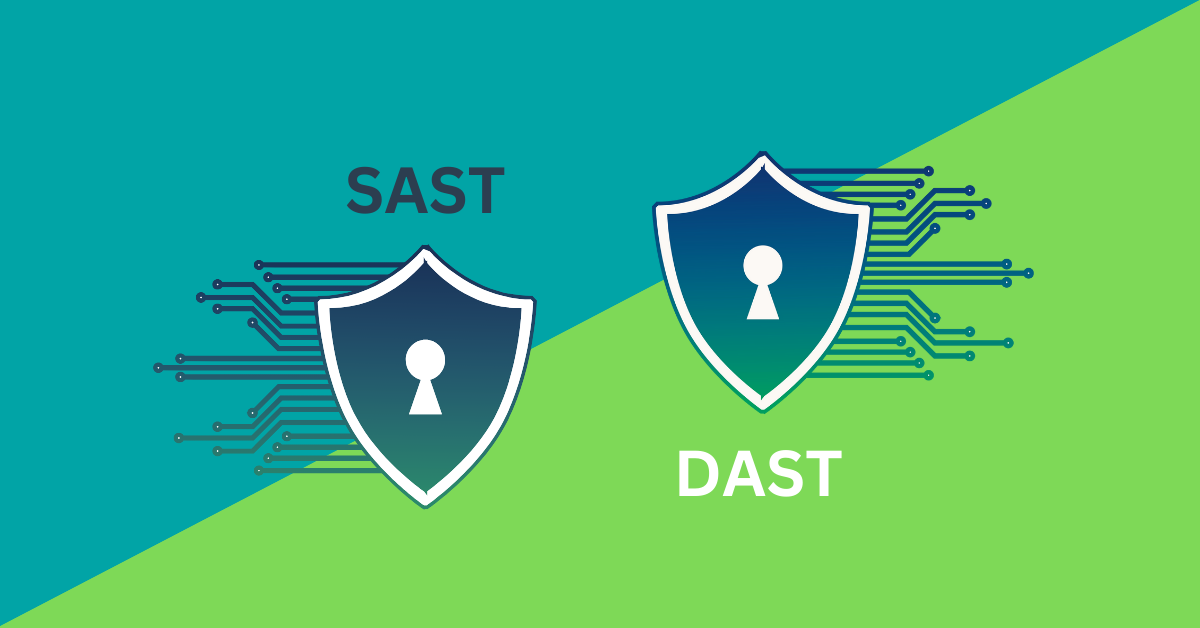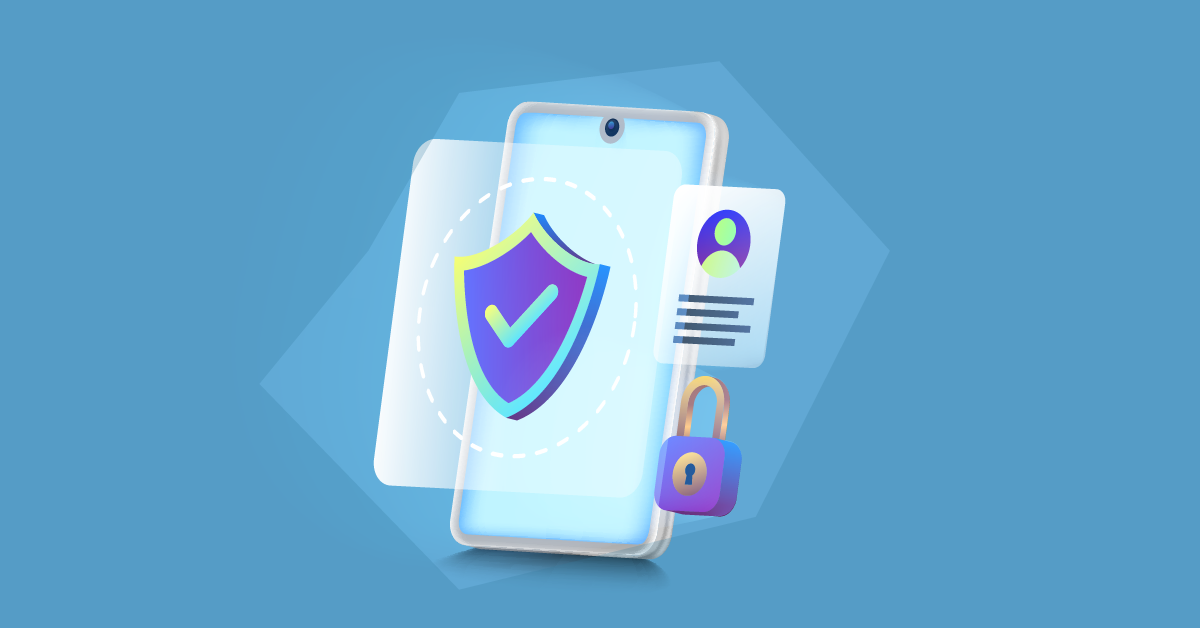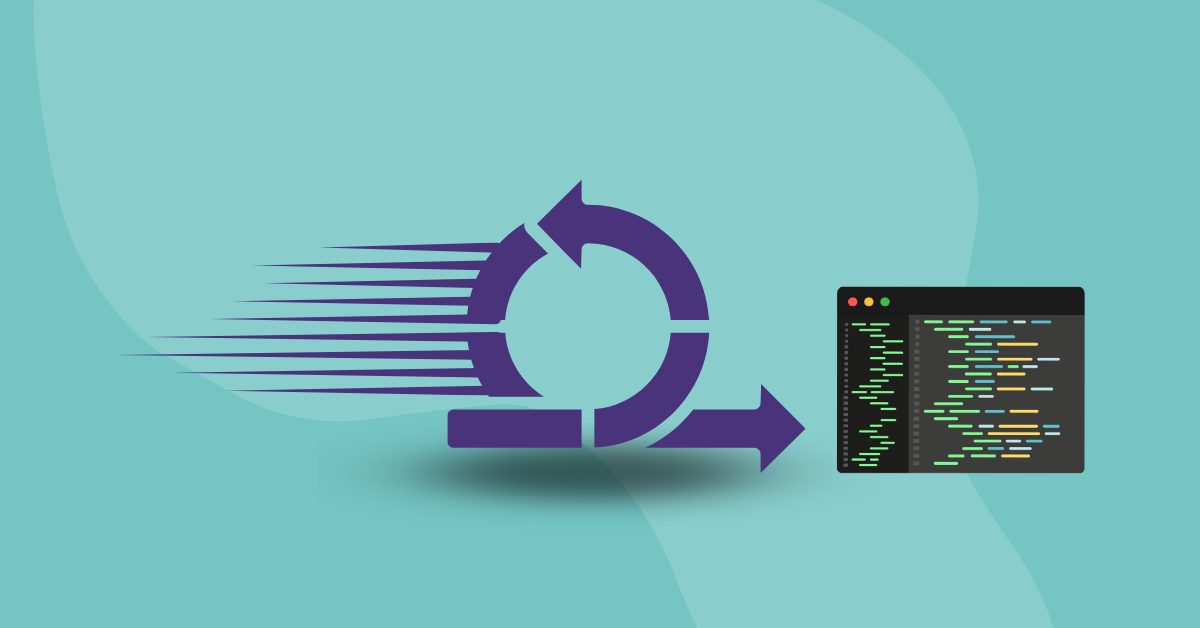

Information security is becoming increasingly critical across every industry. For many companies, however, identifying the most critical threats is a challenge. How do you know what you most need to protect? Understanding the top information security threats of the coming year will make it easier for you to develop an effective security plan that will help protect your business from threats and ensure that you’re in a better position to keep your vital information safe and your company running smoothly.
These days, everything from your watch to your coffee maker can connect to the internet. While that means a wide range of smart devices that are able to offer more data and convenience to their users than ever before, it also means a brand new set of openings that cyber criminals can use to access company networks, whether they’re inserting ransomware or searching for important information on the server. Unfortunately, many IoT devices simply lack the security necessary to prevent this from happening. Within your organization, this means implementing several key policies in order to help protect your network.
Ransomware has the power to completely lock users out of their computers, encrypting vital information–from documents to system files–and completely shutting down individual devices and even the entire network. Unfortunately, ransomware can strike anywhere. Small businesses are being targeted more than ever, since their lower levels of protection leave them more vulnerable to these types of attacks. If your business is infected by ransomware, it’s critical that you respond quickly in order to get functionality back as soon as possible.
Like criminal organizations in the real world, cybercrime is becoming increasingly organized–and criminal syndicates are on the rise in the virtual world. These cyber criminals are every bit as ruthless as the mafia, particularly when it comes to your data. Not only that, cybercrime is now available as a service: it’s possible for would-be attackers to hire someone else to come in and sabotage your company, steal your data, or leave you struggling to fight malware. These organizations are now large enough to be considered companies all their own–and unfortunately, that means a growing level of expertise from cyber criminals dedicated to malware, ransomware, hacking, and more.
Gone are the days of simple malware infections, when you could be sure you had eradicated a virus once your antivirus software caught it. Instead, today, you’ll find that many malware infections can do it all:
As the use of malware grows, hackers are also finding new ways to slip malware into your systems. Instead of large programs that are easily spotted by antivirus software, small, simple packets of code slip into the system, embed themselves so that they can make it through a reboot, and contact the primary system so that they’re able to receive further instructions–which hackers can then use to take down your network.
Despite all the measures you’ve taken to ensure the security of your organization, the weakest point in your company is still sitting at every desk: your employees. If your employees don’t know how to avoid being social engineered, it’s all too easy for a hacker to find a way to take down your organization. From emails claiming to be straight from Amazon or another familiar website to phone calls that your call center employees were sure came from a legitimate source, social engineering remains the easiest way for criminals to get passwords, discover more information about your company, and even collect confidential information. Protecting against social engineering means training all of your employees and even testing them regularly to be sure that they’re able to go the extra mile to protect your organization.
While most hackers are desperate not to get caught, hacktivists want their victims, the media, and even the authorities to know as much about what they’re doing as possible. They’re dedicated to spreading the word, shaming their victims and increasing awareness about specific events. Unfortunately, this often leads to highly public events that have the potential to devastate your network. If you have a potentially controversial business, it’s critical that you stay ahead of potential threats from hacktivists, including:
Every business has a supply chain–and unfortunately, it’s only as strong as its weakest point. With supply chains becoming increasingly digital, it’s critical that you take steps to protect these vital areas. Know who your vendors are and where their weaknesses are. Check out the security used by others in your supply chain. Often, you’ll find that the easiest way into a secure company is a weak point in the chain–and as a result, you must take steps to help prevent hackers from making their way into that opening.
Protecting your company has become more complex and more complicated than ever. As security threats continue to rise, it’s critical that you develop a strong understanding of the potential threats to your business and your industry and do what’s necessary to keep your systems safe. While you can’t prevent every attack, you can decrease the odds that your business will be vulnerable. By working with a security provider, you’ll discover more effective threat resolution strategies and help protect your business, enabling it to bounce back faster after an attack.


